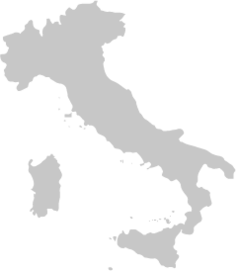Prunotto
Barolo, Italy
A delicious Barolo with history and gravitas behind it
Join our wine club and save!
Become a member and enjoy 30% off when you add 6 or more bottles to your order. Learn More
About This Wine
Prunotto
Nebbiolo
A traditional Barolo, one of Prunotto’s historic labels, whose first vintage was produced in 1905 from the best grapes of the vineyards in the heart of the Barolo appellation. Aging takes place in large oak barrels of various sizes, further enhancing the extraordinary typicity of Nebbiolo in this region. Their 2015 Barolo is garnet red in color. The nose is complex and generous with pleasing notes of violets and forest undergrowth. On the palate, it is well balanced with velvety tannins—a delicious wine with a history behind it.
NOTE: This is NOT a Firstleaf Exclusive Wine and is not eligible for discounts, member pricing, or member guarantee. Limited Availability.

Wine Region

Barolo
Flavor Profile

Pairs well with… Aged Cheese, Beef Bourguignon, Pasta Arrabbiata
Body 3 Acidity 1Sweetness 2Fruit Intensity 3Tannin 3
Tasting Notes
- Violet
- Strawberry
- Forest Floor
A complex Barolo that mixes fruit, flowers, and forest floor. Well-balanced and features velvety tannins.





